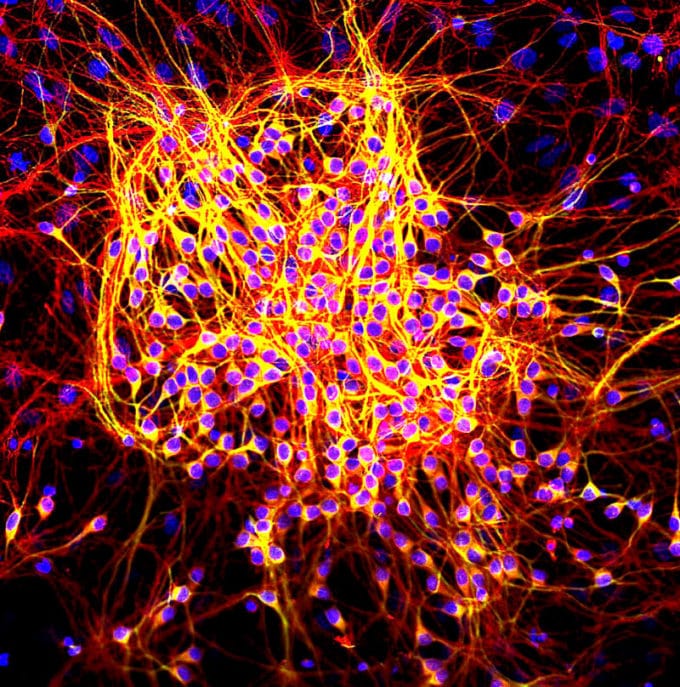Ricercatori tedeschi identificano un potenziale biomarcatore per migliorare la diagnosi di PSP

Researchers in Germany have identified a potential biomarker that shows promise in helping to achieve earlier and more reliable diagnoses of progressive supranuclear palsy (PSP).
Based on an observational study of 60 persons diagnosed with PSP, researchers from Munich and Leipzig found early evidence that a Tau-positron emission tomography or PET tracer could serve as a biomarker to help detect the disease. The tracer, known as PI-2620, uses small amounts of radioactive materials to evaluate tau accumulations in brain tissue during imaging.
While the findings, pubblicato in JAMA Neurologia, are preliminary, the research offers hope for those facing the currently untreatable and fatal condition. The accumulation of tau protein in specific brain regions is thought to be a characteristic of PSP and identifying a tool to detect those deposits could help to distinguish and detect the disease early on.
“This real-world study provides first evidence that PI-2620 could provide an earlier and more accurate diagnosis of PSP,” Andrea Pfeifer, CEO of the firm that co-developed the radiotracer, said in a comunicato stampa. “Such capabilities would enable early, targeted therapeutic interventions for people with PSP and enhance the research community’s ability to better advance more effective treatments and cures.”
Per saperne di più sulla ricerca, clicca qui.
Per categoria
Le nostre newsletter
Tieniti informato
Iscriviti ora e tieniti aggiornato sulle ultime novità con la nostra newsletter, gli avvisi sugli eventi e altro ancora...
